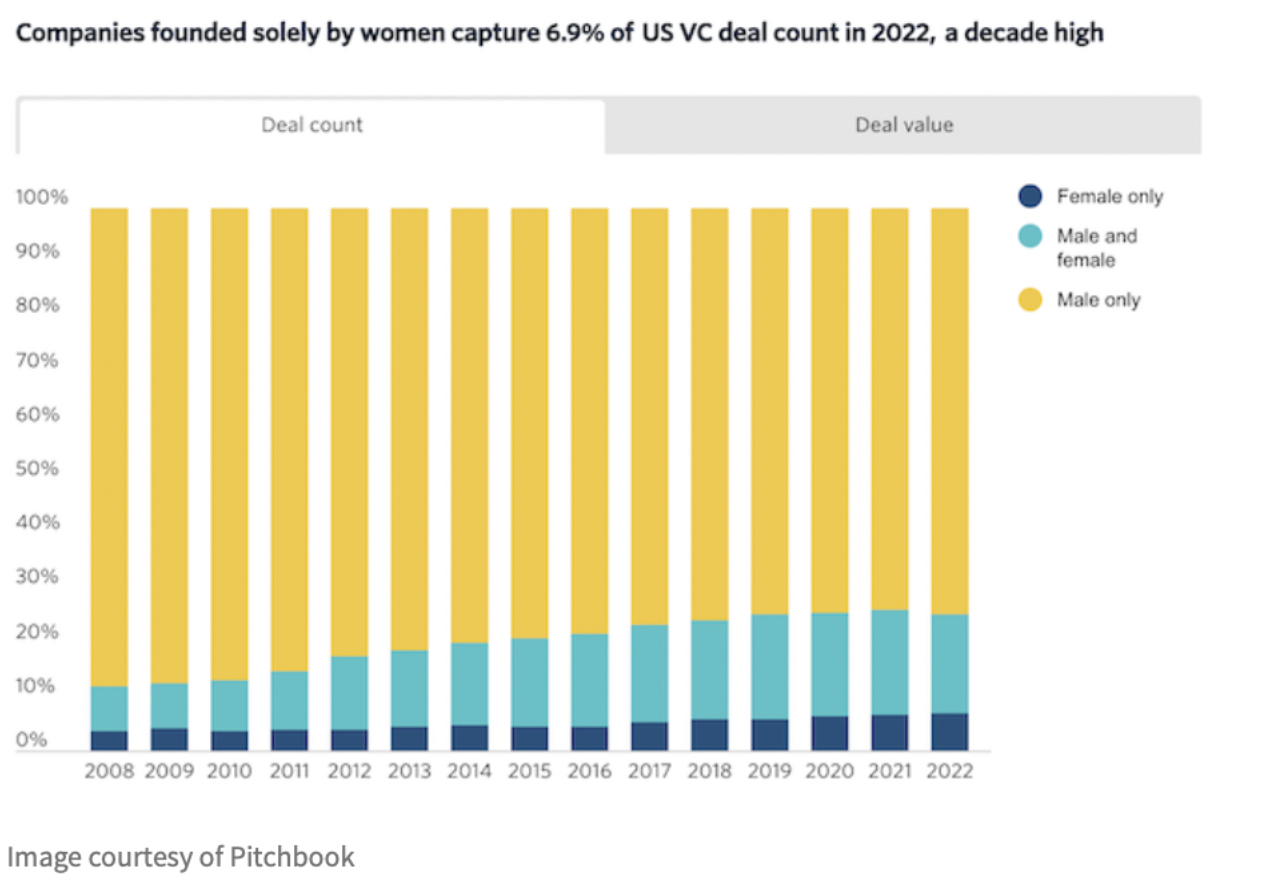Startups can rest assured that investing capital remains in abundance.
This article originally appeared on GreenBiz.com as part of our partnership with GreenBiz Group, a media and events company that accelerates the just transition to a clean economy.
So the first half of 2022 has certainly been … something. From an unprovoked Russian assault on Ukraine to a supply chain crisis to rising inflation to astronomical gas prices to an accelerated rate of natural disasters to the Supreme Court — you know what, I need to stop before my fifth stress ball of the year explodes. 2022 basically saw 2020 and responded with a defiant, “Hold my drink.” And because all these crises are happening at the same time, the venture capital landscape has taken a hit.
But what about startup investing – specifically climate tech startup investing? How does that fare in our end of times?
Looking back to look forward
In the first half of 2022, climate tech startups raised around $19 billion across 500 venture deals, according to both Powerhouse Ventures, a leading early-stage venture capital (VC) firm, and Climate Tech VC, an online database detailing the intricacies of the present climate investment market. For perspective, a total of $40 billion was invested in climate tech startups in 2021, putting $19 billion at the halfway point of 2022 on track to match the previous year’s incredible haul.
However, the overall market slump did manage to rear its ugly head in climate tech circles. Growth (late-stage) funding absorbed the majority of the hit, decreasing 39% from $10 billion in H1 2021 to $3.9 billion in H1 2022. But the number of seed and Series A VC funding deals and capital investments in H1 2022 skyrocketed to 310 deals, nearly doubling in number from H1 2021.
The number of seed and Series A VC funding deals and capital investments in H1 2022 skyrocketed to 310 deals, nearly doubling in number from H1 2021.
Pour one out for the ladies
Pitchbook reported that U.S. startups with one or more female founders raised $20.8 billion in the first half of 2022. That number is not specific to climate tech, but it still is an important fact to internalize, given the resilience of the climate tech sector this year. While the overall number of funded female-run businesses is still disproportionately, abysmally, depressingly (insert any appropriate adverb that conveys vast disappointment) low, the total VC deal count at the halfway point of 2022 is already higher than the entirety of 2021. I’d start crooning Bob Dylan’s famous song about changing times, but there’s still plenty of 2022 ahead to be completely let down as a woman in the United States.

How’s the rest of 2022 looking?
It’s safe to assume growth funding will continue to bear the brunt of a slower market. When I spoke with Climate Tech VC co-founder Sophie Purdom, she declared that the time for $500 million late-stage megadeals is behind us. But, Purdom continued, based on the numbers from the first half of the year, seed and Series A investing will remain constant in their upward trajectory. Shaandiin Cedar, an associate at VC firm Powerhouse Ventures, reaffirmed this prediction, stating, “Investment [in early-stage ventures] remains strong because the business case for climate innovation remains strong.”
Viability of emerging sectors
Emerging climate tech sectors, such as carbon, climate management and industry (to name just a few), raced out of the starting gates of 2022. Some companies exemplifying interest in these verticals include Heirloom’s $53 million Series A funding (carbon), Carbon Equity’s $1.8 million seed funding (climate management) and Helios’ $6 million raised in seed funding (industry). What about those deal-doubling numbers in seed and Series A funding I mentioned? Yeah, most of that activity came from these newer sectors.
The carbon vertical has emerged as the heavy hitter of the year, closing 25 deals and counting in the first half of this year, compared to 13 in the first half of 2021.
Specifically, the carbon vertical has emerged as the heavy hitter of the year, closing 25 deals and counting in the first half of this year, compared to 13 in the first half of 2021. In CHC (cold hard cash – not an official abbreviation, but one I quite enjoy), those deals were worth a total of $397.6 million in the first half of 2022.
This trend will likely continue. PitchBook rated climate tech in third place — behind fintech and artificial intelligence and machine learning (AI/ML), which can arguably be folded into the climate tech sector depending on their application — for the emerging technology most likely to disrupt capital flow from investors in the next five to 10 years.
And, as stated above, verticals can overlap. Early-stage investing group Female Founders Fund (FFF) predicts sustainability enterprise software with the ability to quantify, understand and reduce carbon emissions will emerge as a popular investment opportunity. In fact, FFF specifically states, “advanced technologies such as AI/ML have the potential to help corporations, as a whole, generate between $1 and $3 trillion in value through cost reductions and increased revenues by 2030,” thus engendering the good spirit and deep pockets of VCs.
What is dry power, and why does it matter?
Venture capital firms store money like squirrels collect nuts for winter and call it dry powder. According to Octavi Semonin, technical director at Powerhouse, “In climate tech, it’s pretty much all dry powder. The biggest climate funds have all been raised in the past year […] [Powerhouse’s] own deal flow hasn’t meaningfully changed to date, with maybe a slight moderation in valuations.”
“If oil and gas prices start coming down, that might be because clean energy and mobility solutions are having a real impact on long-term expectations of demand for fossil fuels.”
With these funds raised already, startups can rest assured that investing capital remains in abundance. According to Powerhouse, around $20 billion remains in investable climate tech dry powder.
Which external factors can positively or negatively impact the climate tech investing sector?
Let the professionals wrap us up:
Semonin: “If oil and gas prices start coming down, that might be because clean energy and mobility solutions are having a real impact on long-term expectations of demand for fossil fuels.”
Natalie Geise, innovation analyst, Powerhouse: “Many of the large federal, regulatory, policy and fiscal initiatives, including the SEC’s corporate emissions rule and the decision in West Virginia v. EPA, are having huge impacts on the market and climate investing and will continue to do so moving forward.”


